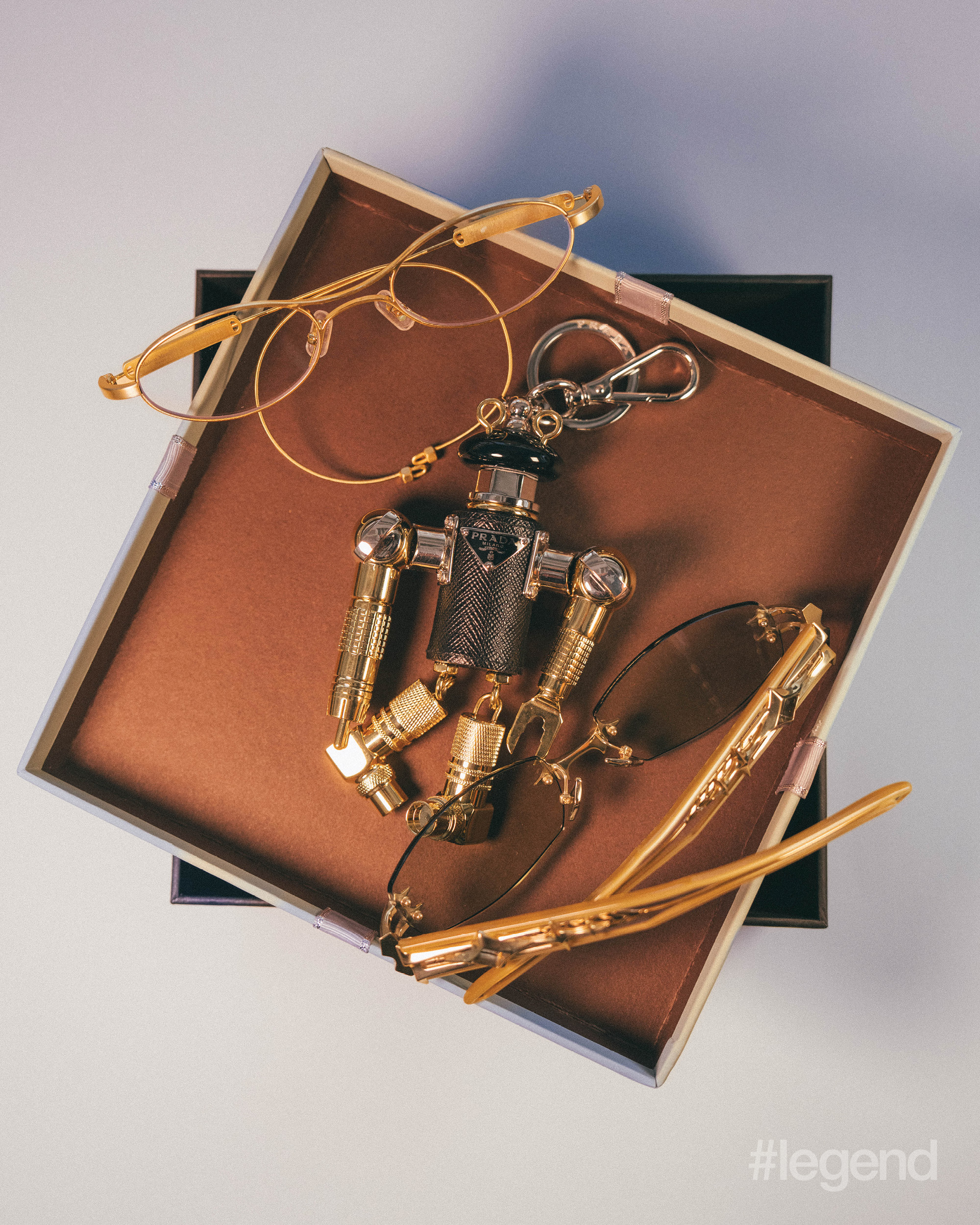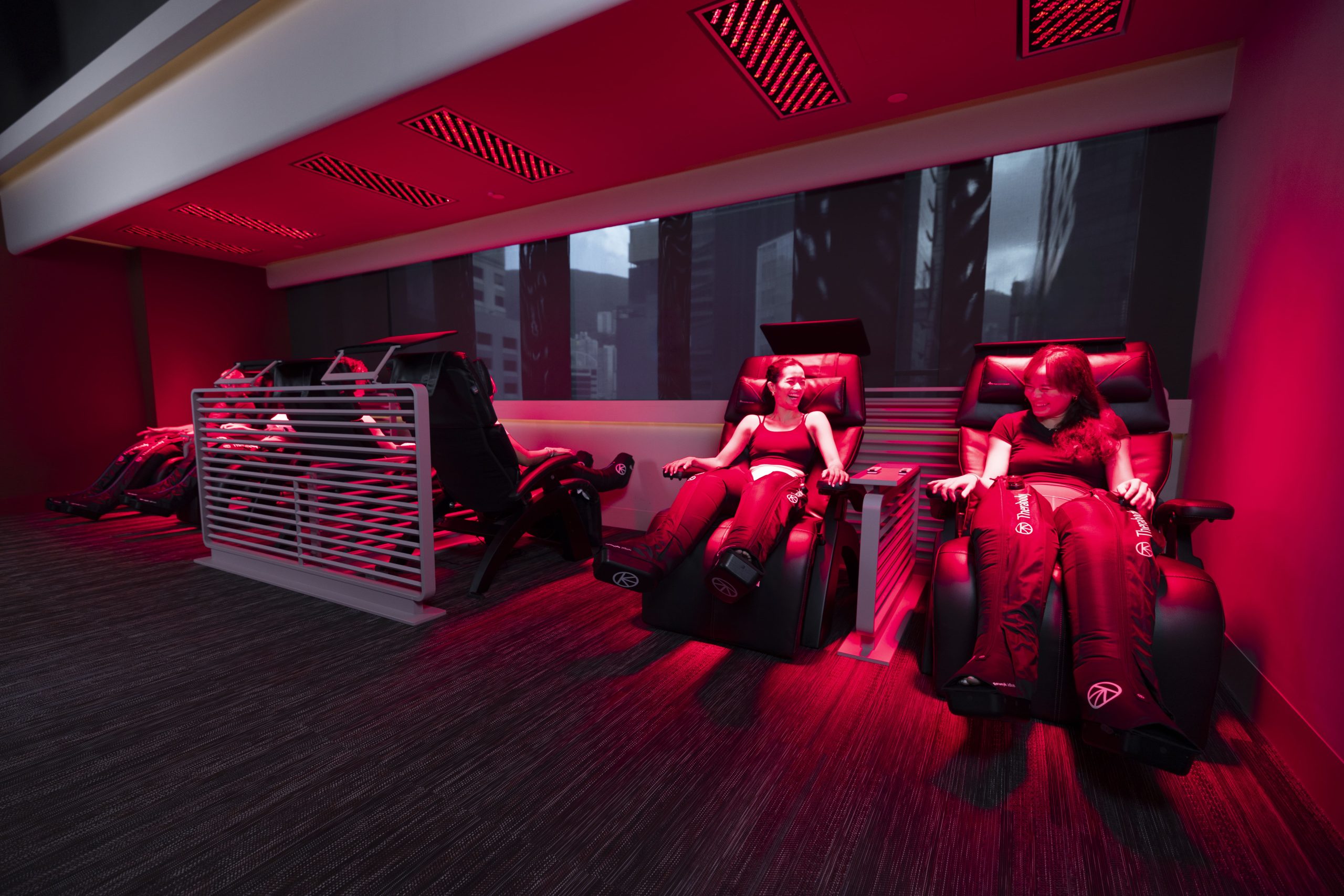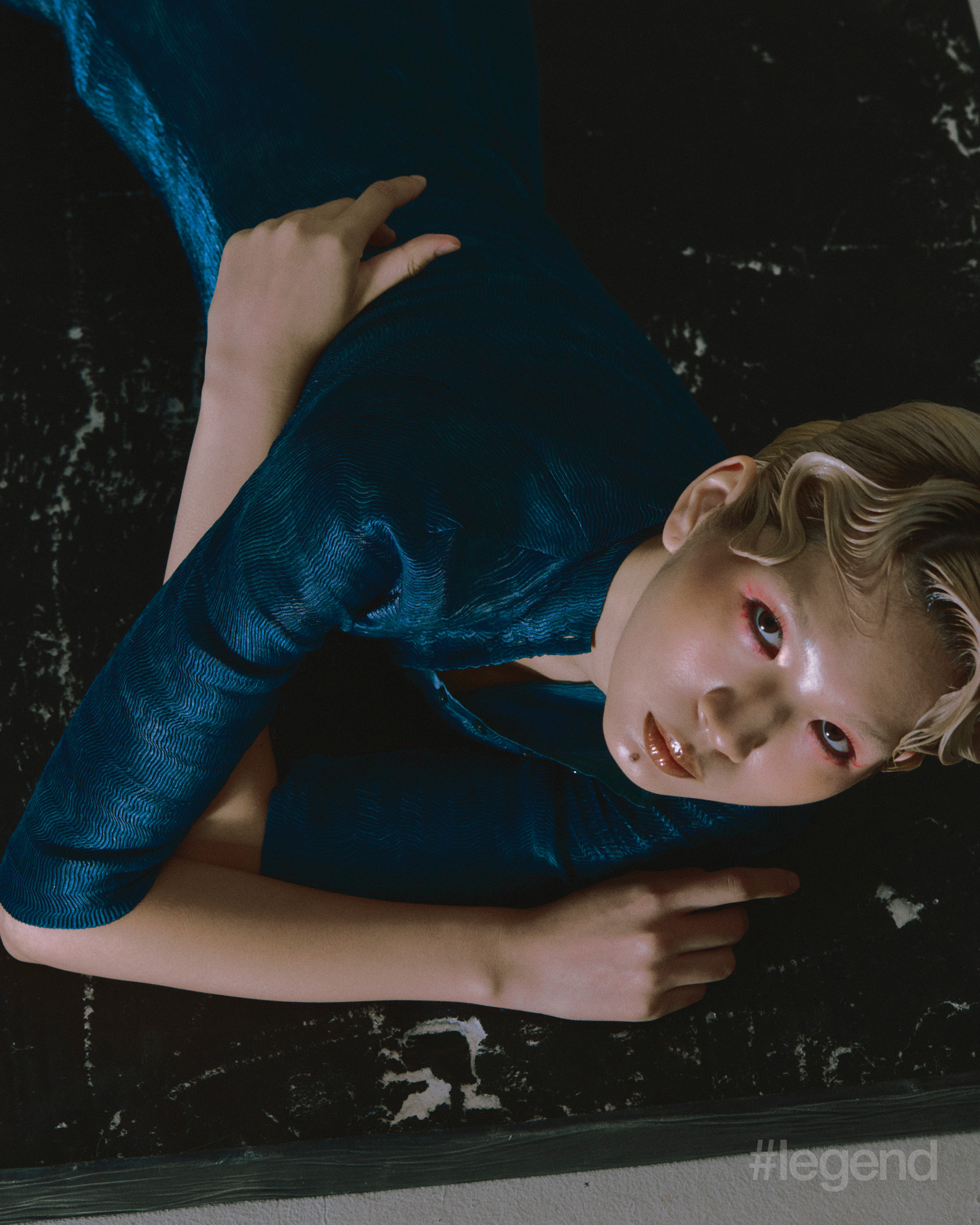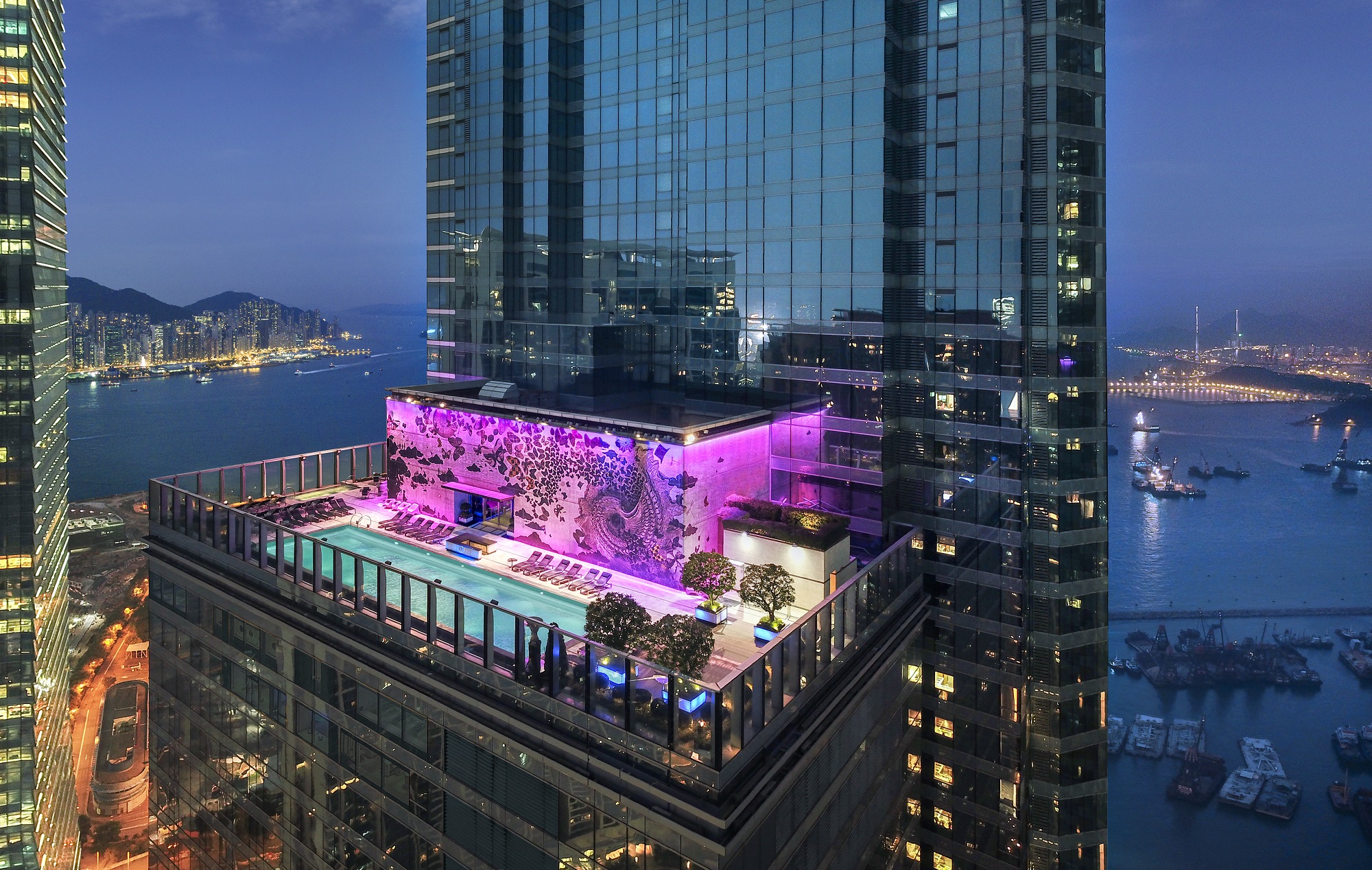Located along an idyllic stretch of the Japanese prefecture’s main island, the Halekulani Okinawa is an oasis of calm steeped in heritage and tradition. Stephenie Gee checks in and discovers a five-star version of local life
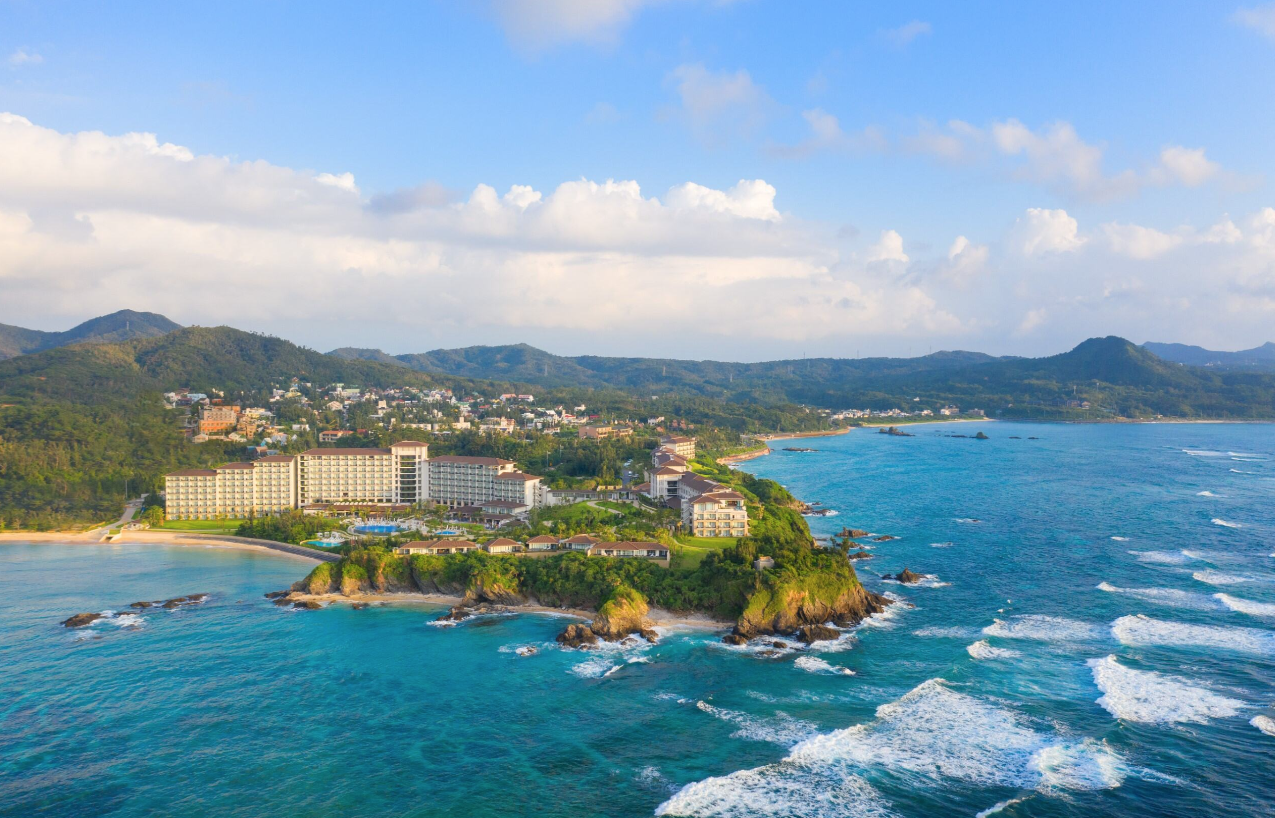
Travel is always in pursuit of the sublime. Whether you’ve jumped on a plane to the other side of the world or driven an hour from home, we’re all looking for a bit of transcendence when we leave the shelter of our homes and the routines of our daily
life. That feeling of being transported – to another world or time or way of living. But it takes a particular kind of magic to deliver that feeling, and not all destinations are up to the task, as much as they may appear to be from afar.
Born from the legacy of its iconic sister property in Waikiki, the Halekulani Okinawa is one of those rare places. Set on the beautiful coast of Onna, in the central part of Okinawa Island, it hits you with that million- miles-away feeling before you even arrive. Time passes differently here than in the rest of Japan. The pace of life has a different viscosity, more like honey than water. “Uchinaa time”, or Okinawan time, as they call it, is unhurried and relaxed. When we finally pull up to the hotel, after an hour’s drive from the prefectural capital of Naha, part of what keeps the feeling of serenity going are the constant reminders that you are somewhere specific.
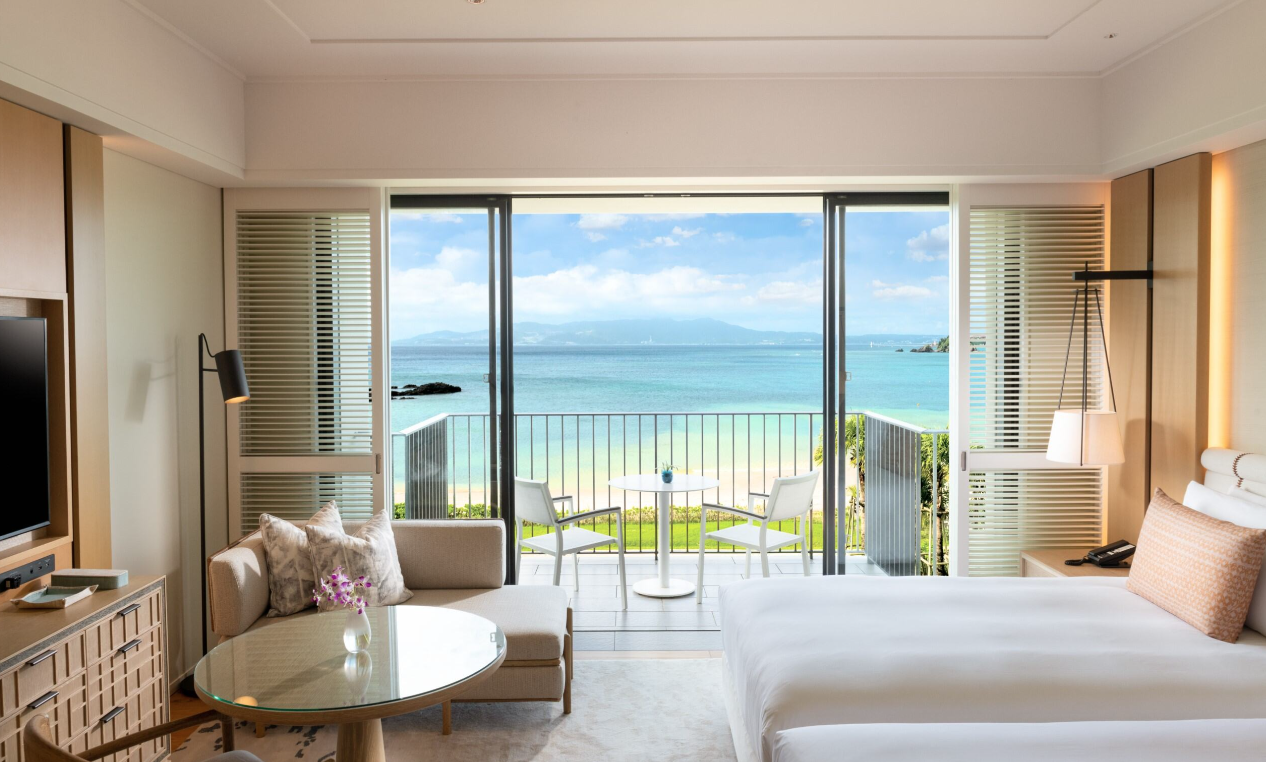
From the outside, the Halekulani (Hawaiian for “house befitting heaven”) appears to be almost one with nature; its low buildings blend in as part of the surrounding hillscape. Inside, the interiors, spearheaded by Champalimaud Design, might not have a dramatic “wow” factor, but they are bright, light and airy, characterised by the brand’s signature “seven shades of white” design scheme, which is based on the philosophy that that the cool ivory tones will frame and accentuate the blues of the ocean and greens of the gardens.
These understated aesthetics follow through into the 360 rooms and suites, distributed across the Beach Front Wing and Sunset Wing (the ocean scenery is better in the former, but the latter has the best view of Okinawa’s famous orange and purple nightfall). In my ocean-view room, the expansive windows mean that there is plenty of natural light – all the better to illuminate the décor, featuring just the occasional nod to the tropical surroundings in the form of a bespoke rug referencing the sandy shores of Okinawa. Other elements have more traditional Japanese influences. The grid pattern on the dresser, for example, is inspired by Japanese shoji screens. There’s also a balcony, king-size bed, walk-in wardrobe, and an all-white bathroom complete with a deep soaking tub, separate shower, marble vanity and Roja amenities.
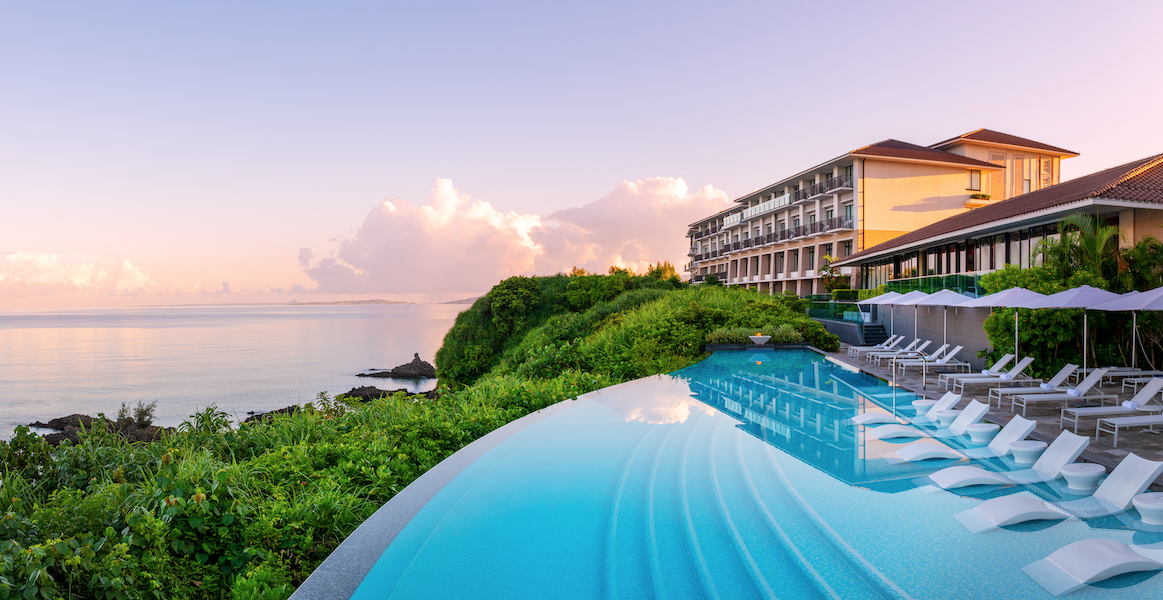
While there’s no private pool, the mile-long beach and the resort’s five pools, three of which are infinity-style, more than compensate. Fringed by swaying palm trees and lined with cushy sun loungers, each one has a different mood: there’s the main Orchid Pool, adorned with the hotel’s motif, a cattleya orchid, fashioned from an impressive 1.5 million mosaic tiles; the Ocean Terrace Pool over in the Sunset Wing; a shallow Kids Pool; an adults-only Quiet Pool with swim-up bar; and an Indoor Pool. No matter which you choose, it’s easy for the day to slip away while dipping in and out.
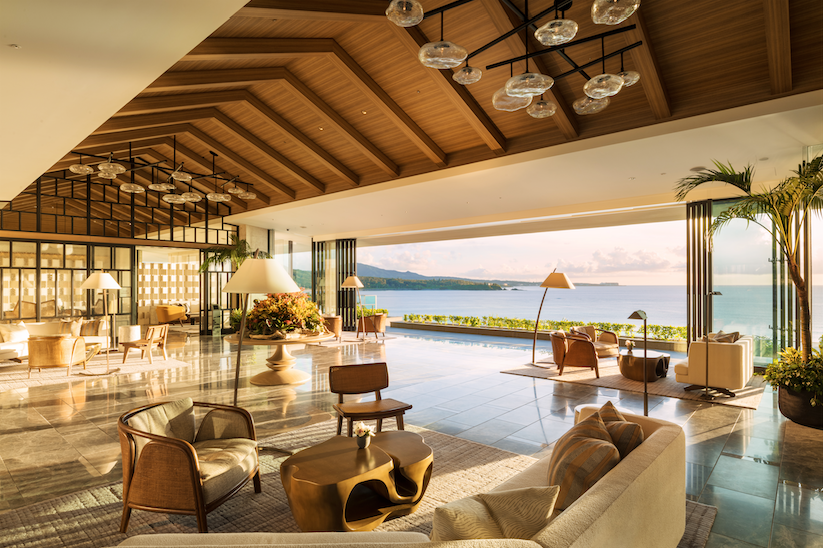
I skip the sunshine and salty sea for some self-care at SpaHalekulani. Naturally, much of the concept draws inspiration from the surroundings – rays of light peek from behind intertwined columns the same way the sun shines through pillars of clouds, while its dynamic ceiling is reminiscent of undulating ocean waves. As for the treatments themselves, they combine Hawaiian and Okinawan healing methods, infused with nuchigusui, traditional Okinawan ingredients considered to be the medicine of life, to promote a deeper state of relaxation.
Lomi Lomi Body is the Halekulani signature. Originating in Hawaii, this soothing oil massage emphasises long, flowing, dance-like strokes synced to the rhythm of waves to aid aches and pains. Remember to give yourself ample time before or after your treatment so you can make full use of the sauna and onsen, reserved only for spa guests. Just one soak will shed the last of your stress from the outside world.
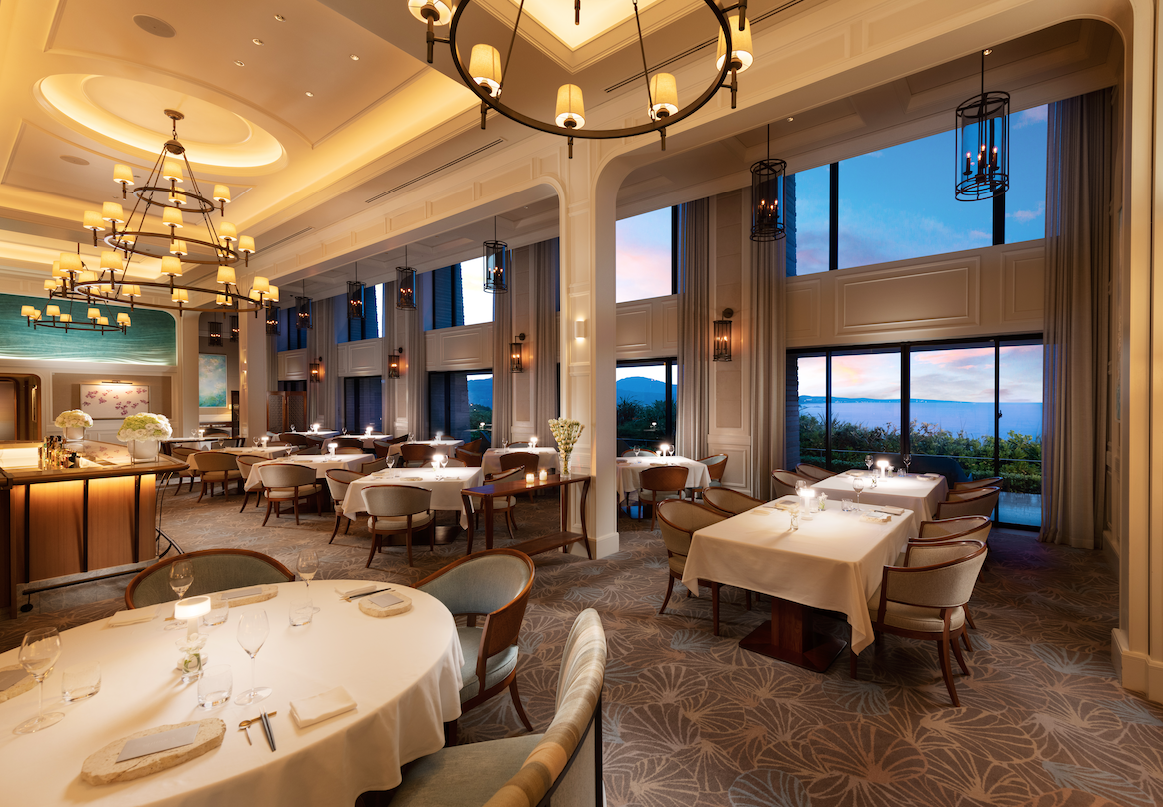
If all that pampering has worked up an appetite (and it will), you’re well looked after because dining at Halekulani is an affair to remember. Clad in travertine columns and elegant oak flooring, House Without a Key (in 1919, following doctor’s orders to rest and relax, American novelist Earl Derr Biggers checked in to Gray’s-By-The-Sea, a boarding house located where the modern-day Halekulani Waikiki stands, and was bemused by the response when he asked for the key to his bungalow: “What key?” This exchange inspired the title of his 1925 mystery novel The House Without a Key, and in a case of life imitating art, House Without a Key is now the name of one of Halekulani’s restaurants),
pays tribute to the impressive landscape with a stunning plaster feature wall with organic impressions reminiscent of the ones that shells leave in sand, while offering all-day dining with an array of Western, local and Hawaiian favourites like Okinawa soba with pork ribs and tuna poke. Kingdom – the island’s premier steak restaurant – is sophisticated and intimate, inspired by the kingdom heritage shared by both Hawaii and Okinawa. Draped in shades reminiscent of the sea and sky (ao is blue in Japanese), Aomi serves kaiseki cuisine using fresh Okinawan ingredients.
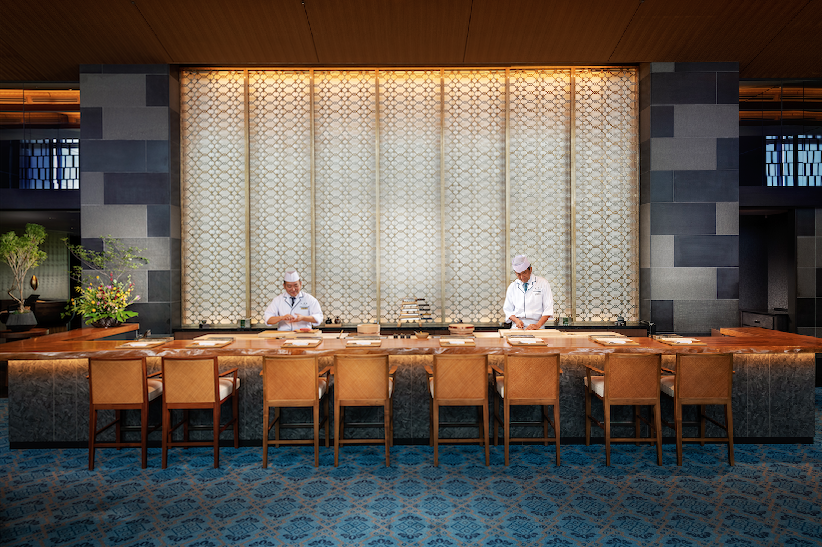
But the highlight would be Shiroux, led by the two- Michelin-starred chef Hiroyasu Kawate. For breakfast, you have a choice of Western (the signature soufflé pancake with hazelnut sauce is a must) or Japanese. Come dinnertime, Shiroux transforms into a fine-dining haven where locally sourced ingredients meet French elegance. During our eight-course dinner, we sample truffled Okinawan tofu; delicate, thinly sliced Okinawan cucumber and turnip; glazed roast duck paired with goya (Okinawan bitter melon) simmered in black sugar and veggies to mop up the jus; and cacao canelé topped
with a milk foam and served with a side of black tea ice cream. Then it’s time for a pot of fresh herb tea, or a nightcap at bar Spectra (visit at sunset too for a front- row seat to the evening’s spectacle), and if you don’t fancy a little stargazing on your balcony, to tuck yourself into those crisp linen sheets and enjoy some of the best sleep of your life.
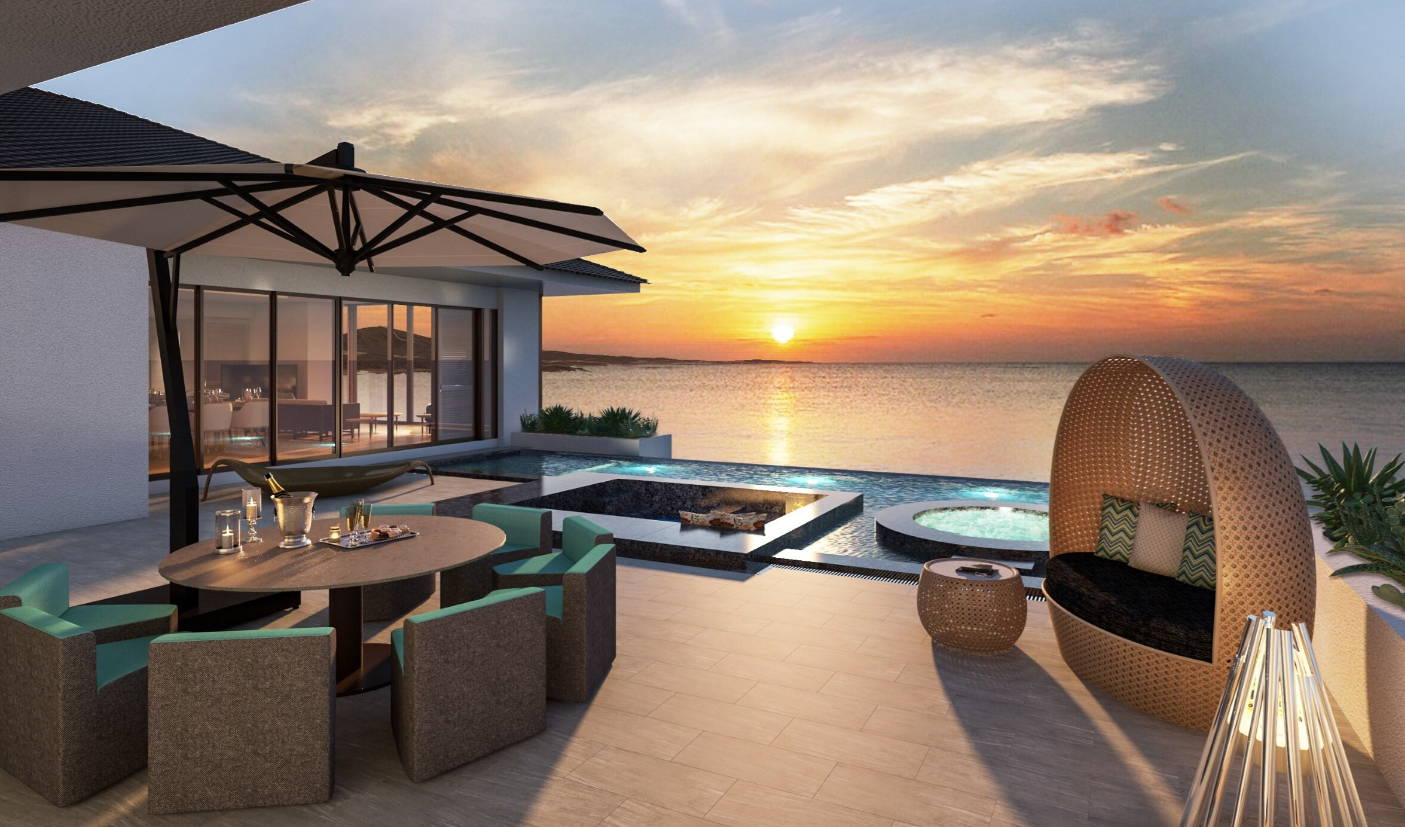
You’ll need that rest, as the surrounding area is one that richly rewards the adventurous. Designated as one of the world’s five Blue Zone destinations – regions where people not only live the longest (a staggering number of Blue Zone inhabitants reach centenarian status), but also enjoy the healthiest lives – Okinawa is a subtropical paradise of sugar-soft beaches and cobalt waters, with its own distinctive culture and traditions. Just outside the hotel gates is Onna Village, famous for its blue cave, a natural wonder where the sunlight illuminates the crystal-blue waters. We head south to Naha, with lunch at Irohatei, an intimate one-man show serving authentic Okinawan cuisine. Like everything else, the food is notably distinct from that of mainland Japan, shaped by the region’s climate, indigenous culture and history of foreign occupation. Over some two hours,
we sample dishes like shiraae, a creamy, mashed tofu salad; jimami tofu, made by solidifying squeezed peanut juice; mugwort tempura; and rafute, pork belly stewed
in soy sauce and black sugar. After, we make our way to Kokusaidori Street, which stretches across the centre of the downtown area for around two kilometres and is lined with all sorts of shops and sights. We don’t leave before stopping by the Awamori Masahiro Gallery, opened in 1991, for a taste of awamori, a distilled rice spirit similar to sake but native only to Okinawa’s islands.
But the best part? Returning from our day to the Halekulani just in time to catch the last of the sun slip away beyond the horizon.
Also see: Silver Nova brings bliss to life at sea


